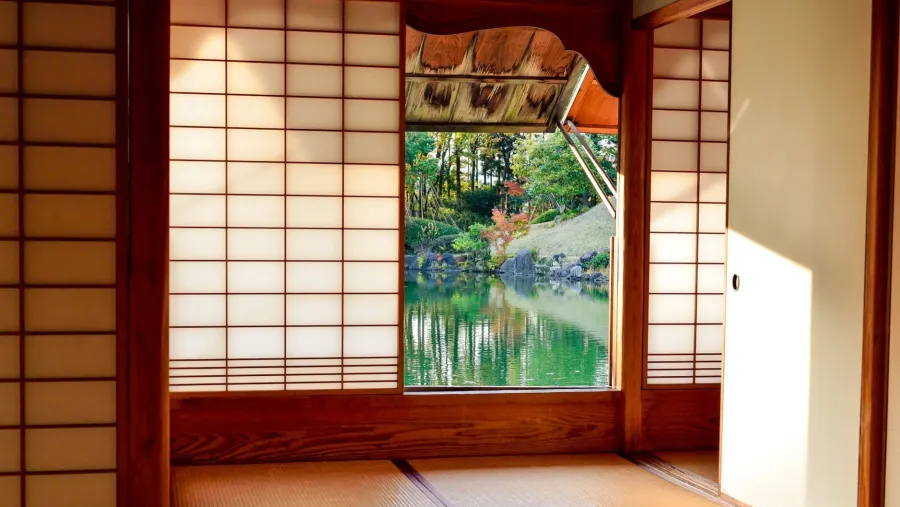
Nagoya’s residential market underpinned by these demographic trends
Average rents grew by 9% in Q3 2021, higher than the lowest level over the past five years.
As the third largest metropolitan area in Japan, Greater Nagoya has characteristics that are inherently supportive of a robust residential market.
According to Savills, its regional centre, Nagoya City (hereafter referred to as Nagoya), has a strong appeal that attracts and retains people, primarily due to the employment and education opportunities.
Here’s more from Savills:
Just like the 23 wards in Tokyo, Nagoya also saw positive net-migration after 2000. Prior to that, the population outflow from Nagoya to other parts of Aichi outweighed the inflow from other areas. Over the past three decades, however, Nagoya has seen significant improvements to its transportation infrastructure and the redevelopment of many commercial areas. These developments have consequently contributed to a gradual reversal of the large population exodus between the late 1980s and early 1990s.
Nagoya’s population growth has since been modest, increasing at an average annual rate of 0.3% between 2010 and 2020. The relatively slow growth is understandable as Nagoya is competing with two larger metropolitan areas that sandwich the city from the east and west. Indeed, in 2020, although the net-migration into Nagoya from Greater Nagoya was about 6,800, much of this increment was offset by the outflow of about 5,000 people from the city to Greater Tokyo and Greater Osaka.
Some areas in Nagoya have seen notably stronger population growth than the city average. For instance, between 2010 and 2020, Naka ward and Higashi ward saw annual growth rates of 1.6% and 1.3%, respectively, compared to the city average of 0.3%. Additionally, further granular analysis reveals that population growth was particularly strong in station-front neighbourhoods. Whilst Nagoya is widely considered a “car society” with a higher dependency on automobiles, the population growth close to stations may signal a paradigm shift in transportation.
Overall, this steady but mild growth of Nagoya’s population is reflected in its residential leasing market. Over the past five years, rents have grown a moderate 9% while occupancy levels have remained around 94%, even during the pandemic. Considering that the supply of rental units has exceeded net-migration in Nagoya in recent years, the market momentum is unlikely to accelerate soon. In the longer term, however, ongoing redevelopments across the city as well as the Maglev line project bode well for Nagoya’s residential market.
Residential market
While the pandemic has halted rental growth in the Nagoya market, the average rent in Q3/2021 remains 9% higher than the lowest level over the past five years. Despite the ongoing pandemic, occupancy has been trending upwards steadily and appears to have helped steady rents.
Additionally, noticeable increases in demand for large residential units have not been observed during the pandemic, unlike Tokyo, which is likely related to lower remote work usage in regional cities. Going forward, central areas and neighbourhoods close to popular stations will likely continue to see population growth and redevelopment, which in turn should support residential leasing demand.
That said, looking at supply and demand dynamics, volumes of new rental units have been constantly outpacing net-migration to Nagoya since 2012, which can partially explain soft growth in the residential market thus far5 . Specifically, the gaps between rental unit supply and net-migration widened particularly between 2016 and 2018 when supply continued to increase despite the slowing net-migration trend.
Compared to Tokyo and Osaka, the transaction volume of residential properties is limited in Nagoya, representing about 5% of Japan overall. However, more investors may turn their eyes to regional cities like Nagoya because Tokyo continues to see a population outflow, while the capital’s properties remain expensive.
For example, AXA Investment Managers acquired Royal Parks ER Sasashima and D-room Share Sasashima from Daiwa House Industry in June 2020 for approximately JPY20 billion and Aden Imaike East in July 2020. Additionally, in September 2020, LaSalle Investment Management acquired Residencia Izumi and Residencia Izumi II.
Read the full report here.



















 Advertise
Advertise




